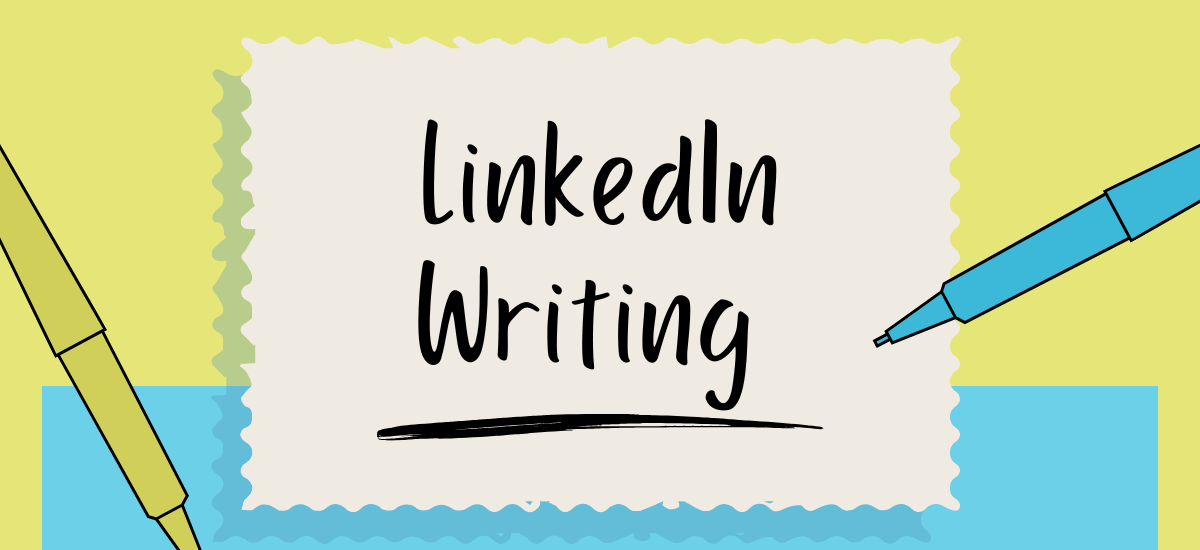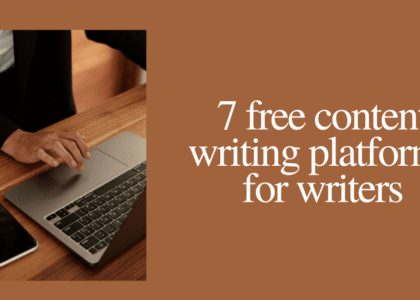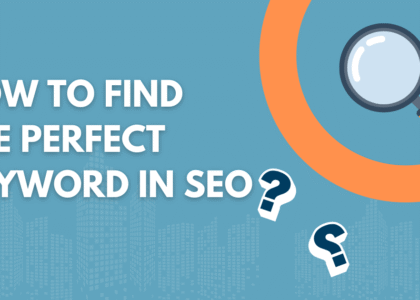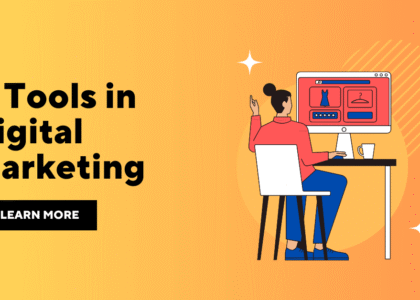In today’s digital world, LinkedIn writing has evolved into a critical skill for professionals, entrepreneurs, and thought leaders. LinkedIn is no longer just a platform to list your qualifications; it’s a dynamic space where your words can shape your brand, build robust networks, and attract opportunities.
But many people underestimate the art of writing on Linkedin. They post without a strategy, or they replicate their resume, thinking that’s enough.
The truth is that mastering LinkedIn writing requires a mix of authenticity, strategic communication, and understanding your audience. In this comprehensive guide, we’ll walk you through everything you need to become a LinkedIn writing pro.
Why LinkedIn Writing Matters More Than Ever
When done well, the writing transforms your presence on the linkedin platform. A well-written LinkedIn profile attracts recruiters, new clients, collaborators, and even investors. Every word you publish from your headline to your posts contributes to your professional narrative.
The right LinkedIn writing:
- Positions you as a thought leader
- Builds credibility and trust
- Increases visibility in your industry
- Creates opportunities for business, speaking engagements, and more
Without strategic LinkedIn writing, even the best qualifications can get lost in a sea of noise.
Key Elements of Effective LinkedIn Writing
Whether you’re updating your profile or crafting posts, every aspect of your LinkedIn writing should reflect clarity, value, and authenticity. Here’s what you should focus on:
1. Powerful Profile Summary
Your LinkedIn summary is prime real estate. In your writing, treat the summary like your personal brand pitch. Start strong, highlight your expertise, and conclude with a call to action (such as connecting, collaborating, hiring, etc.).
Tips for an impactful summary:
- Use a conversational tone
- Showcase your passion and achievements.
- Include keywords naturally for SEO
- End with a personal touch or interesting fact.
2. Headline That Hooks
Your headline isn’t just your job title. A critical part of writing, the headline should combine your role, expertise, and value proposition in a few words.
Examples of powerful headlines:
- “Helping Businesses Grow with Data-Driven Marketing Strategies | Digital Marketer”
- “Career Coach | Empowering Professionals to Land Dream Jobs”
3. Strategic Content Creation
LinkedIn rewards creators who share value. Strong LinkedIn writing focuses on educational, inspiring, or insightful posts that spark engagement.
Content ideas:
- Share industry insights
- Break down complex topics simply.
- Offer tips and practical advice.e
- Tell personal success or learning stories.
- Comment thoughtfully on news or trends.
How to Develop a Winning LinkedIn Writing Strategy
Consistency and intentionality are the backbone of effective LinkedIn writing. Here’s a simple framework to guide you:
Know Your Audience
Understand who you are writing for. Are you targeting recruiters? Clients? Industry peers? Good LinkedIn writing speaks directly to the intended reader.
Create a reader persona:
- What are their pain points?
- What type of content would help them the most?
- What tone do they prefer – formal, friendly, motivational?
Define Your Content Pillars
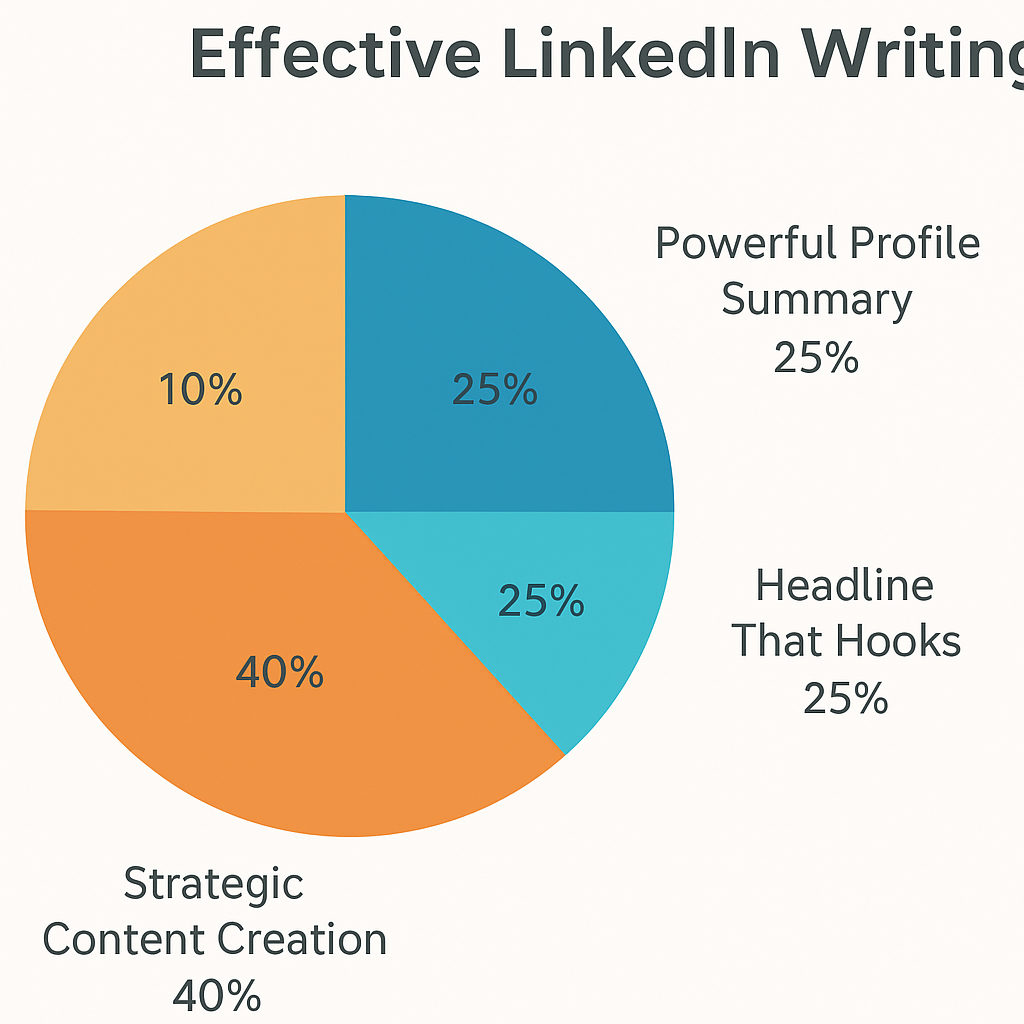
To maintain consistency in your writing, define 3 to 5 content pillars. These are key topics you will focus on regularly.
Example pillars:
- Personal branding tips
- Leadership lessons
- Tech industry trends
- Career growth strategies
Use Storytelling Techniques
Stories captivate more than facts alone. Humanize your writing by weaving in personal anecdotes, challenges overcome, lessons learned, or customer success stories.
A good story structure:
- Hook: Start with a situation or challenge
- Struggle: Share the journey or hurdle
- Solution: Present the breakthrough
- Lesson: End with a takeaway
Focus on Value First
Always ask yourself before posting: “What value does this bring to my audience?” Excellent LinkedIn writing educates, entertains, or empowers.
Avoid:
- Overly promotional posts
- Vague motivational quotes without context
- Long, dense paragraphs without formatting
Writing Different Types of LinkedIn Content
Let’s dive deeper into the types of LinkedIn writing you should master:
1. Profile Optimisation
Writing your LinkedIn profile is not a one-time thing. Update it often and refine it to match your evolving brand. Make your about section, experience, and achievements crisp, honest, and engaging.
Profile writing tips:
- Write in the first person
- Keep sentences short and active.
- Use bullet points for skills and achievements.
2. LinkedIn Articles
Publishing articles showcases your expertise in-depth. It involves:
- A strong headline
- Structured sections with subheadings
- A clear introduction and a solid conclusion
- Visual elements like images, graphs, or bullet lists
3. Short Form Posts
Posts are your daily touchpoint with your audience. Aim for 150-300 words. Start with a hook in the first 3 lines to “stop the scroll.”
Post writing tips:
- Use line breaks for readability
- Ask a question to encourage comments.
- End with a clear call to action: comment, share, or message.e
4. Comments and Engagement
LinkedIn writing doesn’t end at posting. Commenting on other posts with thoughtful insights increases visibility and credibility.
When commenting:
- Add genuine insights
- Be respectful and professional.
- Avoid one-word comments like “Nice!” or “Agreed!”
Common LinkedIn Writing Mistakes to Avoid
Even experienced users sometimes trip over these mistakes:
1. Overly Formal Language
LinkedIn is professional, but it doesn’t mean your LinkedIn writing should sound stiff. Write how you speak in an innovative, polished way.
2. Neglecting Formatting
Long, dense paragraphs deter readers. Good LinkedIn writing uses:
- Short paragraphs
- Bullet points
- Emojis (sparingly)
- Bold phrases
3. Being Inconsistent
Posting once and disappearing hurts your brand. Good LinkedIn writing requires a regular content flow; even posting 2-3 times a week can make a huge difference.
Boost Your LinkedIn Writing with These Simple Techniques
Here are actionable tips to instantly upgrade your LinkedIn writing:
- Use active voice: “I led the project” instead of “I led the project.”
- Craft strong openings: Start posts with a bold statement or interesting question.
- Focus on clarity: Use simple, direct language
- Include numbers: Data makes your writing more credible
- Edit ruthlessly: Remove filler words and repetitive sentences.
How to Stay Inspired for LinkedIn Writing
Consistency in writing needs a flow of ideas. Here’s how you can stay inspired:
- Set Google Alerts for industry news
- Follow top voices in your sector
- Re-share content with your unique perspective
- Turn daily experiences into micro-stories
- Batch create content ideas once a week
Tools That Can Help You Improve LinkedIn Writing
You don’t have to do it all manually. Use these tools to enhance your LinkedIn writing:
- Grammarly: Catch grammar and tone issues.
- Hemingway Editor: Make your writing clearer and bolder.
- Canva: Create eye-catching graphics for posts and articles.
- Buffer : Schedule your posts in advance.
- ChatGPT : Brainstorm ideas or first drafts.
Remember, tools assist, but authenticity and your own voice make your LinkedIn writing stand out.
Also Read Here: 5 Proven Hacks for Rapid Brand Growth You’ll Love (All Levels)
Final Words: Make it Your Superpower
LinkedIn isn’t just a digital resume; it’s a stage, a meeting room, and a branding tool all in one. Mastering writing can open doors you never imagined.
Whether you’re finding a job, building a consulting business, or growing your corporate leadership brand, investing time and creativity into your LinkedIn writing pays long-term dividends.
Start simple:
- Polish your profile
- Share valuable thoughts regularly
- Engage meaningfully with others
Over time, your words will build trust, loyalty, and visibility. In a world where attention is important, good LinkedIn writing ensures that when someone lands on your profile or post, they stop, read, and remember you.
So, are you ready to turn your LinkedIn writing into your most powerful career asset?
DM me if you want to grow your business with Linkedin marketing.


